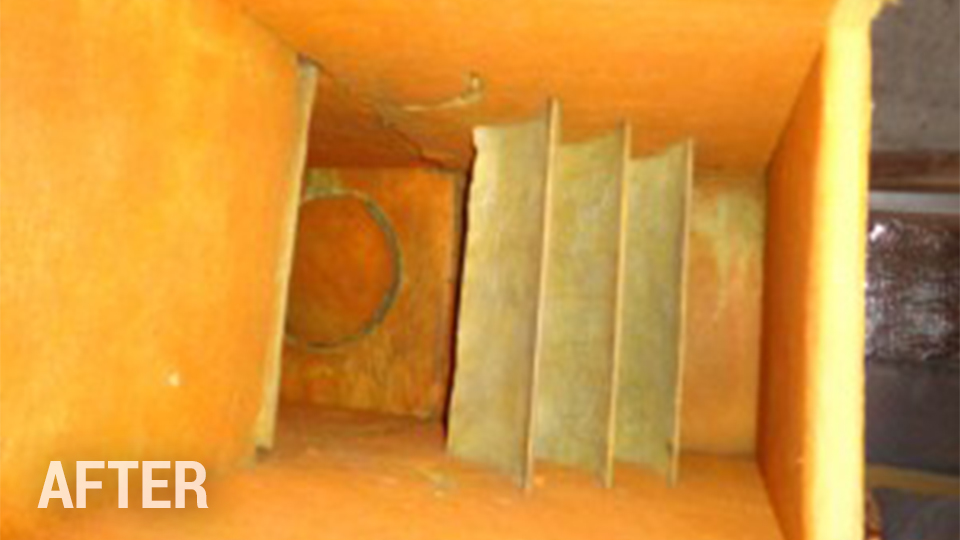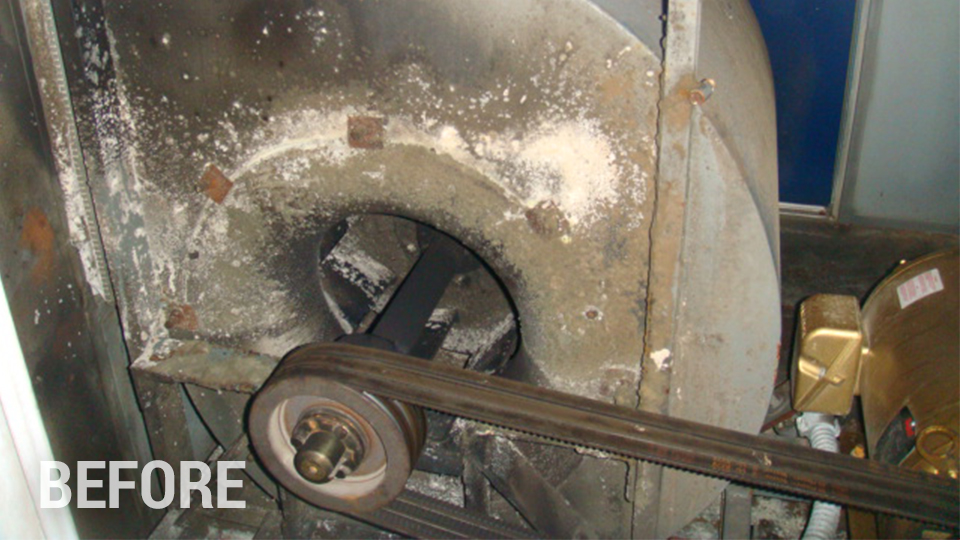A great deal of contaminants and air pollutants, such as dander, dust and chemicals are generated through normal occupation of a home. Contaminants are pulled into the HVAC (Heating Ventilation Air Conditioning) systems and re-circulated multiple times per day. The re-circulation process creates the accumulation of contaminants over time. AHUs (Air Handling Units) and the attached ductwork are ideal for the accumulation of contaminants.
A well-maintained HVAC system over time, will get “dirty” and have the potential to accumulate large amounts of dirt, dust and particulate matter. When this occurs, the HVAC system becomes detrimental to the indoor environment and a burden on the system’s operation. The accumulation does not necessarily create an unhealthy environment. This situation may be a contributing factor in larger health issues that could create serious problems for individuals with respiratory health conditions, environmental allergies or autoimmune disorders. Molds are ubiquitous, this does not mean they do not have the potential of adverse health effects, nor should any molds grow on or within a home structure. The presence of microbial growth within a structure – especially an HVAC system conveys that the microbial growth is being inhaled by occupants throughout the home. This issue could definitely be correctable, potentially avoiding health risk(s).
Abatement Restoration Specialists adheres to the national standards for the cleaning and decontamination of HVAC systems. Cleaning and decontamination of the system should not be confused with air duct cleaning. When a HVAC system is properly cleaned, all components are touched and cleaned: the unit, duct system, VAV (Variable Air Volume)/mixing boxes, turning veins, and diffusers. If the entire HVAC system is not cleaned, the areas that have been cleaned can be re-contaminated once the system is turned on during normal operation. For example, if only the air ducts are cleaned; dirt, debris and microbial growth left behind from the unit quickly re-contaminates the clean ducts and can be re-distributed into the air you breathe.
When cleaning, sanitizing and sealing the system in its totality, the process begins at the unit and is completed at the diffusers. The process is inclusive of both the supply and return. Abatement Restoration’s staff is trained and experienced in the task of cleaning and decontaminating a HVAC system.
Benefits of HVAC System and Air Duct Cleaning:
- Elimination of air contaminants and unpleasant odors
- Allergy relief
- Reduction of dust, dirt and debris
- Increased efficiency of HVAC system
- Lower utility costs
A thorough cleaning begins with the unit: cabinet, coils, fans, motor, and wiring. The cleaning of the system continues with: all related ductwork (both hard and flex), VAV boxes, inline heaters, supply and return grills.
Below is a brief description of our experience and execution:
- Direct-contact method of vacuum cleaning with 100% visual confirmation
- Proper cleaning of VAVs and AHUs
- Removal and installation of fans from VAVs and smaller AHUs for cleaning
- Over 24 years commercial experience in HVAC cleaning and decontamination
- We use EPA registered, Fosters 40-20, to protect insulated surfaces within an HVAC system
- Procedures in place for curing sealant and capturing odors before reoccupation of a building
Our team takes extra precautions to protect your building contents during cleaning of system.
Our services are performed in accordance with the following guidelines:
- ASHRAE Standard 55-2010. Thermal Environmental Conditions for Human Occupancy
- ASHRAE Standard 62.1-2010. Ventilation for Acceptable Indoor Air Quality (ANSI Approved)
- USEPA NAAQS (National Ambient Air Quality Standards)
- ASHRAE and Trane, Inc. Correspondence
- State of Washington Building Specifications for Product Emissions and the US Green Building Council, Leed Guidelines, Airborne and Surface Fungi are published in Bioaerosols: Assessment and Control, by the (ACGIH American Conference of Governmental Industrial Hygienists)
- NADCA ACR 2013 Standards and Guidelines







